![8 Best Leave Management Software Systems For Your Business [2025]](https://optimise2.assets-servd.host/glib-coyote/production/images/featured-image-for-leave-management-software.png?w=364&h=222&q=80&fm=webp&fit=crop&dm=1708521812&s=40a2e28632cdee9171529ad05e009593)
8 Best Leave Management Software Systems For Your Business [2025]
Discover the best leave management software to help streamline attendance tracking, reduce downtime, and encourage adherence to employee attendance policies.


reduced absenteeism by 39% within three months

saves $2.6M a year by reducing overtime expenses and no-call no-shows
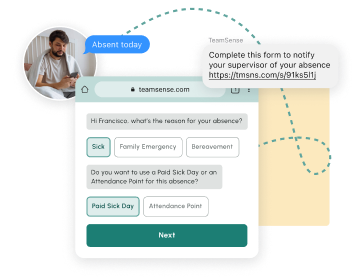
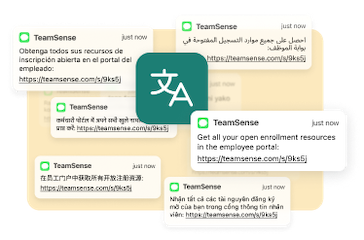
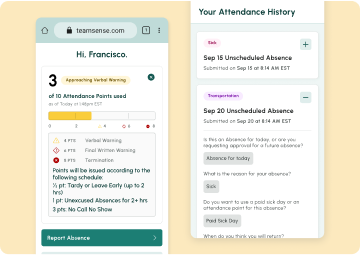
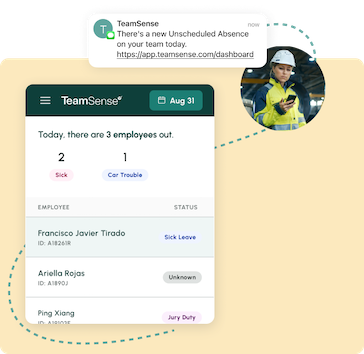
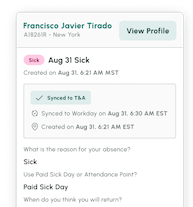
No more lengthy messages or missed details. Employees can text their absence in just a few taps, selecting a reason for quick, accurate documentation. Absences sync instantly with your HRIS, making time tracking effortless.

Clear, instant communication is key to keeping teams aligned—especially for frontline workers. With TeamSense, you can connect with employees in their preferred language through automated translations and SMS-based messaging—no app required. Ensure every worker stays informed, engaged, and connected.

Empower employees with real-time access to their absence history, points balances, and warnings—before they call off. When they see where they stand, they make smarter decisions, reducing avoidable absences and improving attendance.
Kenco saw a 40% reduction in unexcused absences after implementing TeamSense.

Managers receive instant notifications when an employee calls out, allowing them to quickly adjust schedules and keep operations running smoothly.


TeamSense syncs automatically with your HR systems, ensuring your employee data and attendance points stay up to date. No manual updates—just accurate records, streamlined timecards, and a single source of truth for workforce management.

Instead of scrambling and seeing who we have missing and who we need to get on site, we can actually run production at startup with TeamSense. LuAnn Shafer, HR Manager
Pella Windows

Our HR team can now focus on important initiatives, like employee engagement, instead of doing a bunch of manual data entry. Devin Frosheiser, Procurement Manager
Yanfeng Automotive Interiors

TeamSense fit in really well with what we were trying to accomplish. We also wanted visibility for HR and to get the data in a structure that we can really work with. Tim Carracher, Sr. Manager of HRIS
The AZEK Company

Transform your absence reporting and employee communication today.